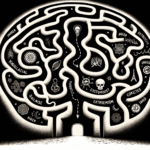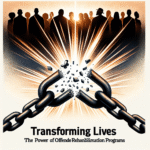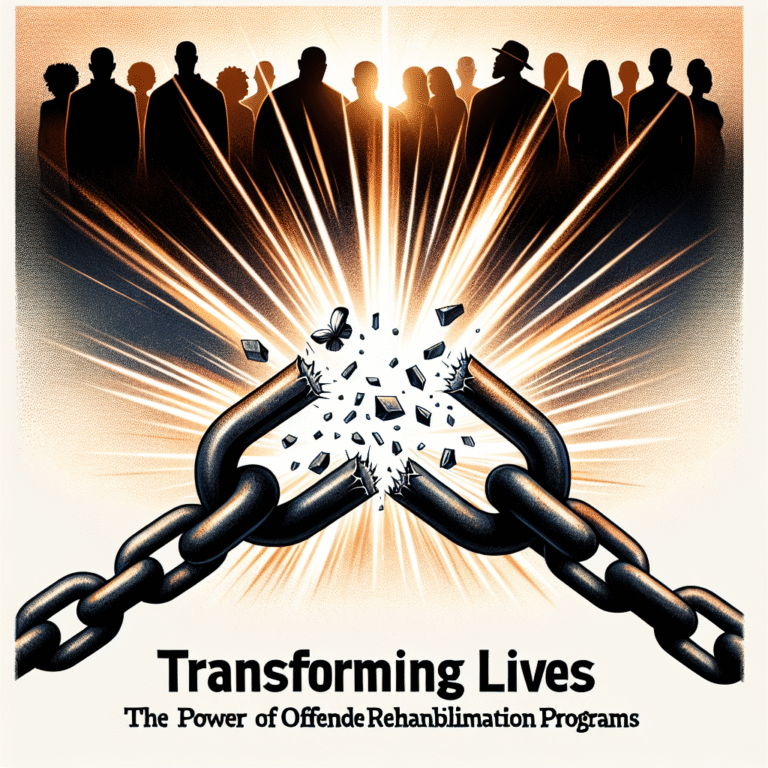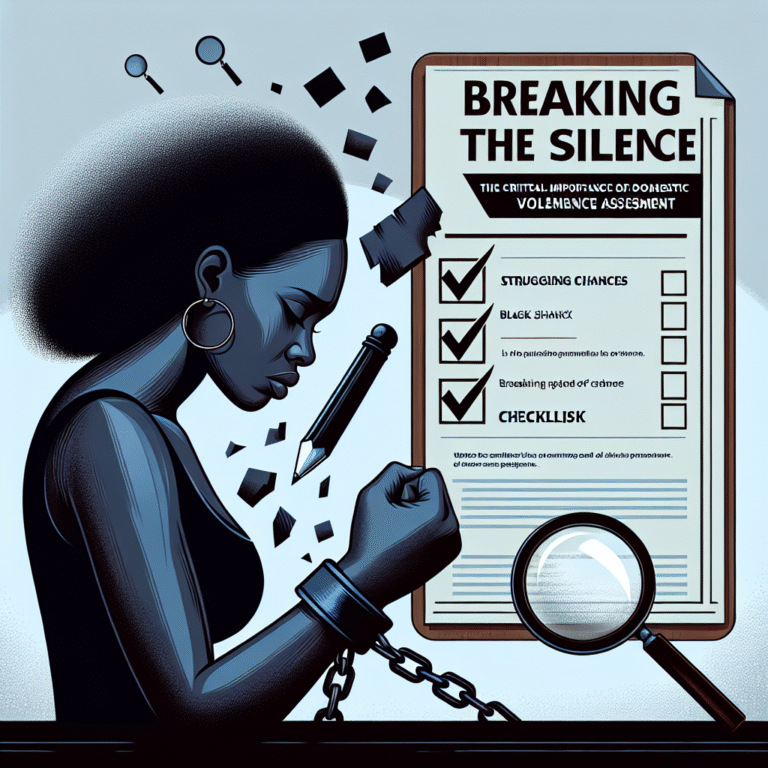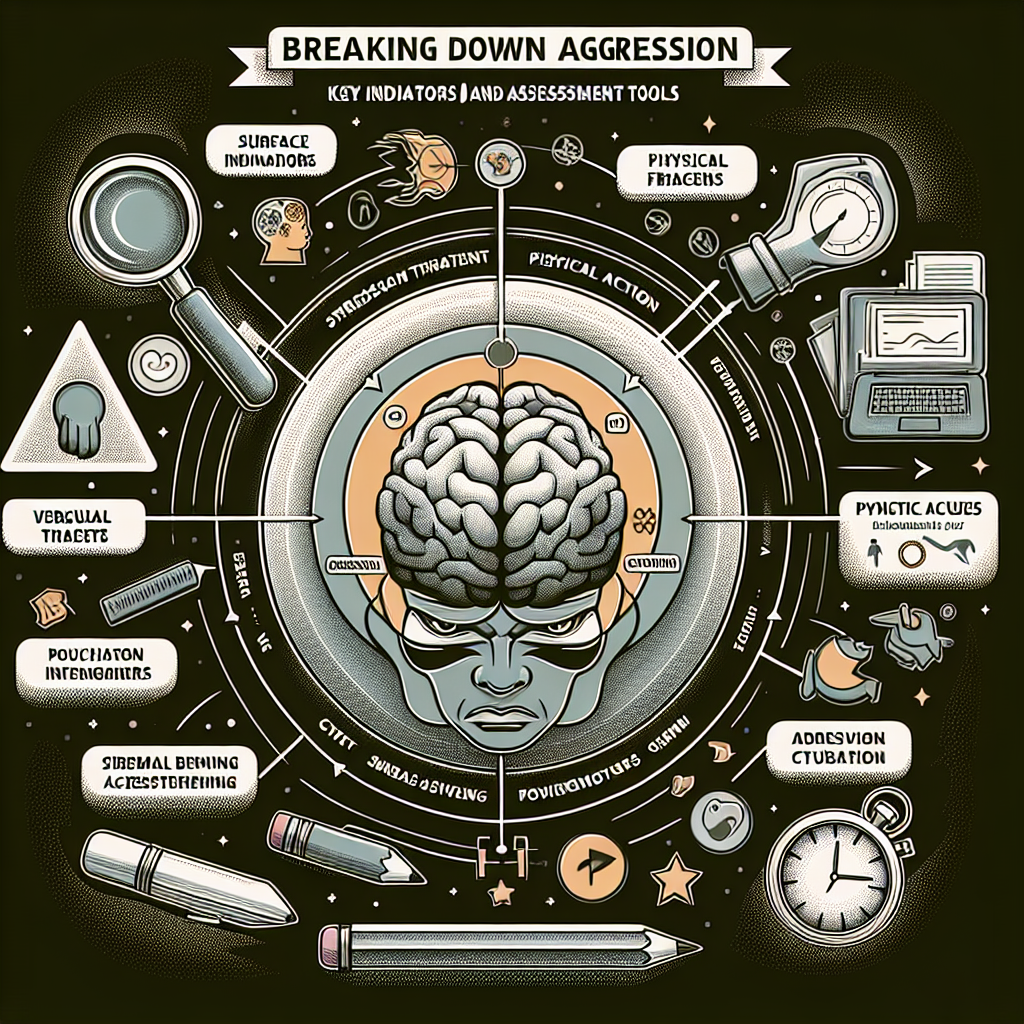
Introduction
In a world filled with stressors ranging from daily life pressures to societal challenges, aggression can often rear its head in unsuspected ways. Understanding aggression, its indicators, and the tools to assess it can make a substantial difference not just in individual lives but in communities at large. This article, "Breaking Down Aggression: Key Indicators and Assessment Tools," aims to shed light on the complex nature of aggression, providing insightful tools and frameworks to identify and manage aggressive behavior effectively.
Aggression isn’t merely a reaction; it can also be indicative of underlying psychological issues, societal pressures, or environmental triggers. By breaking down aggression and analyzing it through key indicators and tools, we open the door to proactive strategies that facilitate healthier expressions of emotion and behavior.
Understanding Aggression
Defining Aggression
Aggression can be defined as behavior intended to harm another individual who does not wish to be harmed. Based on this definition, aggression can manifest in various forms: physical, verbal, relational, and even passive-aggressive behavior. Understanding the nuances of aggression is crucial for effective management, as the underlying motives can vary significantly across different contexts.
The Importance of Recognizing Aggression
Recognizing aggression early can lead to timely interventions, which may prevent escalation into more severe conflicts. Mismanaged aggression can have profound ramifications—not just on personal relationships but also within organizational structures and communities. Thus, breaking down aggression fundamentally leads us toward a constructive path forward.
Key Indicators of Aggression
Identifying signs of aggression is vital to applying appropriate assessment tools and interventions. Below are some crucial indicators to look for:
1. Verbal Cues
Verbal aggression often precedes physical aggression; it may include shouting, insults, or inappropriate language. Being attuned to these cues can help in recognizing potential issues before they escalate.
2. Non-Verbal Behavior
Body language is equally important. Clenched fists, persistent eye contact, or a stiff posture can signal internal aggression. Understanding these non-verbal cues can aid in gauging a person’s emotional state.
3. Behavioral Changes
Sudden changes in behavior can be a significant indicator of aggressive tendencies. For instance, a usually calm individual acting out unexpectedly might be experiencing stress or conflict.
4. Environmental Triggers
Understanding the environment is key. Certain settings—like overcrowded spaces, high-stress workplaces, or aggressive social media rants—can incite aggressive behavior. Identifying these triggers can inform proactive measures.
5. Psychological Indicators
Mood swings, irritability, or signs of mental distress can often precede aggressive acts. Monitoring emotional health can act as an early warning system for aggression.
Assessment Tools for Aggression
Once key indicators are identified, empowerment comes through the application of various assessment tools. These tools help quantify aggression levels and provide actionable insights for intervention strategies.
1. The Aggression Questionnaire (AQ)
Structure: Developed by Buss and Perry, the AQ assesses different dimensions of aggression, including physical, verbal, anger, and hostility.
- Application: Useful in both clinical and research settings, offering a comprehensive view of someone’s aggressive tendencies.
2. The Reactive-Proactive Aggression Questionnaire (RPQ)
Structure: This tool distinguishes between reactive aggression (emotional responses) and proactive aggression (goal-oriented behavior).
- Application: Particularly useful for understanding the motivations behind aggressive actions, allowing for targeted interventions.
3. The Overt Aggression Scale (OAS)
Structure: Often used in clinical settings, the OAS quantifies rates of aggression in various behavioral contexts.
- Application: Helps healthcare providers gauge severity and frequency, enabling informed treatment plans.
4. Observational Assessment Tools
Structure: Utilizing real-world settings to observe behavior can capture natural aggressive tendencies in various contexts.
- Application: Helps professionals account for situational influences on aggression.
5. Self-Report Surveys
Structure: Participants rate their feelings and behaviors concerning aggression on a scale, providing subjective measures of aggression.
- Application: Facilitates self-awareness and could be a resource for educational settings.
Case Study: Study of Aggression in Schools
Background
A significant amount of aggressive behavior occurs in school settings, impacting both students and teachers.
Implementation of Assessment Tools
In 2021, researchers conducted a comprehensive study using the Aggression Questionnaire (AQ) to profile aggression among high school students. The study revealed a stark increase in verbal aggression correlated with high-stress environments.
Findings
The study found that aggressive behavior was often reactive and provoked by relational stressors like bullying. With effective use of assessment tools, schools implemented emotional intelligence programs, resulting in a 30% decrease in reported aggressive incidents by the following academic year.
Analysis
This case illustrates the effectiveness of employing robust assessment tools to break down aggression, identify its roots, and formulate a strategic intervention.
Enhancing Understanding Through Data Visualization
Tables and charts can enhance understanding by presenting critical data in an easily digestible format.
| Indicator of Aggression | Description | Assessment Tool |
|---|---|---|
| Verbal Cues | Shouting, insults | AQ, RPQ |
| Non-Verbal Behavior | Body language cues | Observational Assessment Tools |
| Behavioral Changes | Sudden shifts in temper | OAS, Self-Report Surveys |
| Environmental Triggers | High-stress contexts | Observational Assessment Tools |
| Psychological Indicators | Mood swings, irritability | AQ, Self-Report Surveys |
Combining Indicators with Assessment Tools
A Holistic Approach
Breaking down aggression is not only about identifying its indicators or applying assessment tools; it’s the intersection of both that facilitates comprehensive understanding.
Cooperative Environment: Institutions must foster an environment where students and employees feel safe to express themselves without fear of aggression.
Education and Training: Workshops that focus on recognizing aggression prompts awareness and equips individuals with tools to address it effectively.
- Follow-Up Interventions: After applying assessment tools, continuous monitoring and reevaluation ensure that interventions remain effective over time.
Conclusion
Breaking down aggression through key indicators and assessment tools is not merely an academic exercise; it serves a practical purpose that can transform individual behavior and improve community well-being. By deepening our understanding of aggression, recognizing its cues, and implementing effective assessment tools, we can build a more compassionate and responsive environment.
As you reflect on the insights shared within this article, consider taking proactive steps in your own community or organization. The journey of understanding aggression begins with observation, leading to informed actions that promote mutual respect and empathy.
FAQs
Q1: What are the primary factors that contribute to aggressive behavior?
Aggressive behavior can stem from various factors, including genetic predispositions, environmental influences, and psychological issues. Stress management and emotional regulation often play a crucial role.
Q2: How can I assess aggression in a workplace setting?
Using tools like the Aggression Questionnaire (AQ) can be beneficial; moreover, fostering open communication and creating safe spaces for discussion can help identify underlying issues.
Q3: What steps can individuals take to manage anger and aggression?
Practicing mindfulness, engaging in stress-relief activities, and seeking professional help if necessary are effective strategies for managing aggressive tendencies.
Q4: Can children exhibit aggressive behavior?
Yes, children can show aggression, often as a response to frustration or unmet needs. Early identification and intervention are key to redirecting this behavior.
Q5: Are there long-term effects of unaddressed aggression?
Absolutely. Unmanaged aggression can lead to ongoing interpersonal conflicts, mental health issues, or even legal repercussions if left unaddressed.
In conclusion, understanding and managing aggression starts with breaking it down through key indicators and assessment tools. Through ongoing dialogue and commitment, we can pave the way for a more harmonious society.
